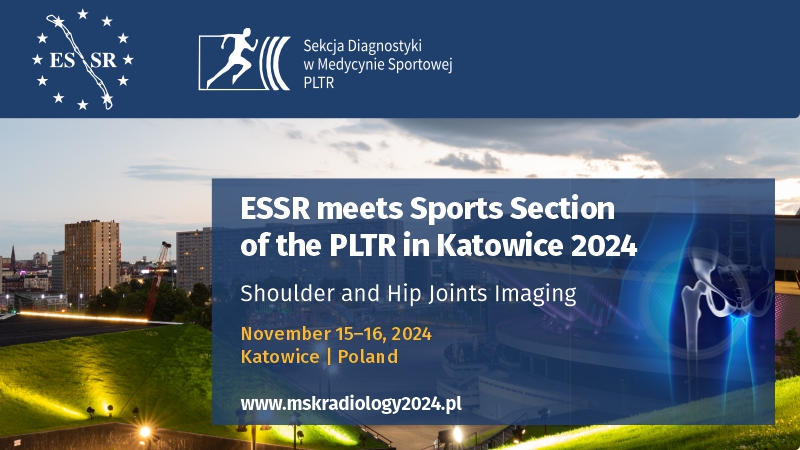Overview for developing Delphi-based interdisciplinary consensus statements on imaging: pros and cons
Tobias Johannes Dietrich1, Vasco V. Mascarenhas2,3, Luis Cerezal4, P. Diana Afonso2,5, Iwona Sudoł-Szopińska6
 Affiliation and address for correspondence
Affiliation and address for correspondenceThis review paper offers a concise guide on how to execute Delphi-based interdisciplinary consensus statements on imaging. Fundamental to the Delphi methodology are several core principles. First, an initial key element is the selection of experts, known as panelists. Second is the principle of anonymity among participants, ensuring that no single individual or group applies excessive influence over others. Third, the methodology involves iterative rounds where statements are presented repeatedly, allowing for controlled feedback. Lastly, after each round, participants are given insight into the collective panel’s previous responses. This knowledge enables them to potentially reconsider and adjust their positions in subsequent rounds, driving towards the group consensus. These principles emphasize the critical role of statistical group responses and the structured interaction inherent in the Delphi approach. Looking at the broader process, the development of Delphi-based interdisciplinary consensus statements on imaging unfolds through several stages. It begins with identifying the research field or the consensus statements in question. This is followed by undertaking comprehensive literature research. Subsequently, pertinent questions and their corresponding statements are crafted. The process then moves on to administering anonymous, iterative questionnaire rounds. Feedback, both on an individual and collective level, is provided between the rounds. The process culminates in the summarization and reporting of the finalized Delphi-based interdisciplinary consensus statements on imaging.








